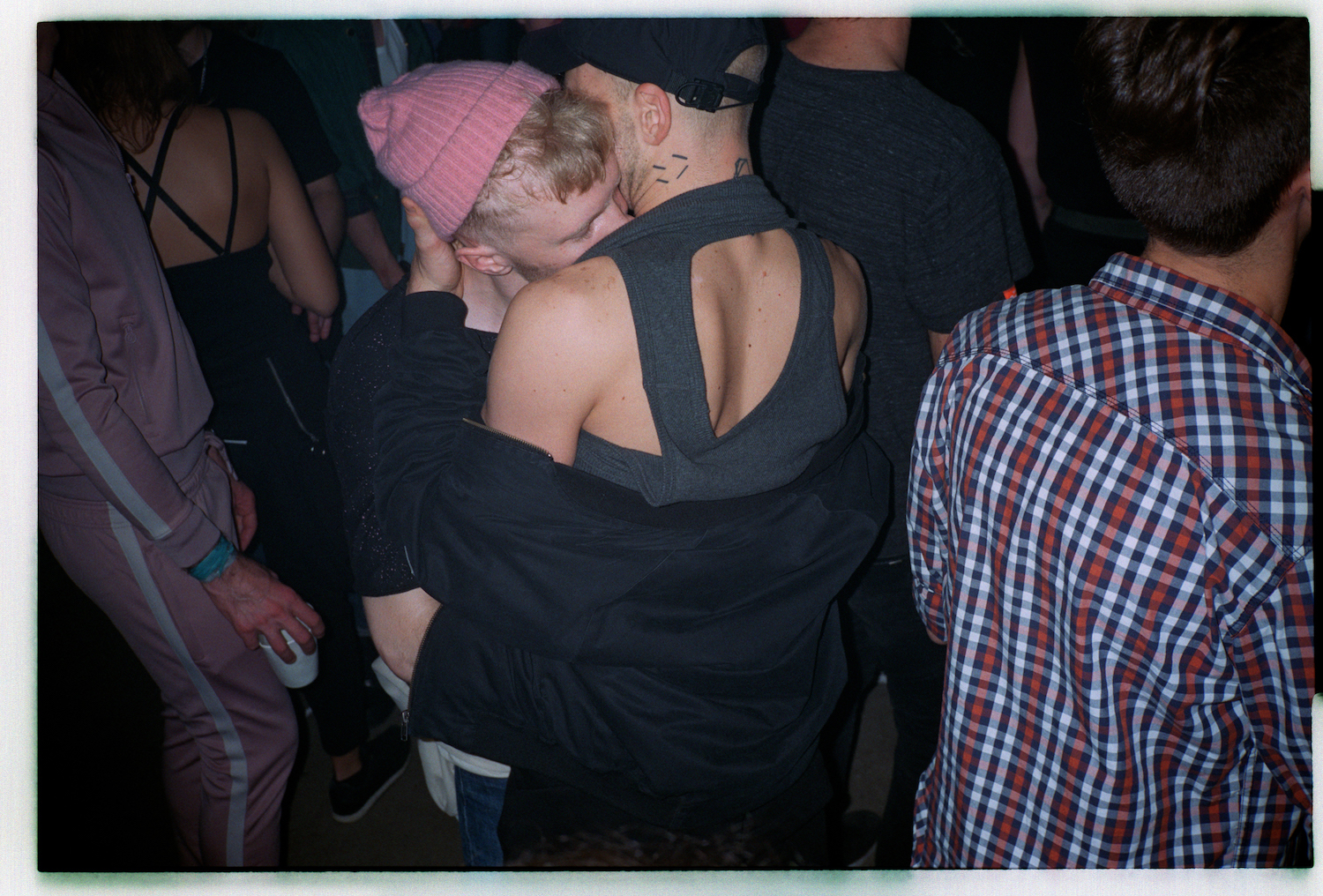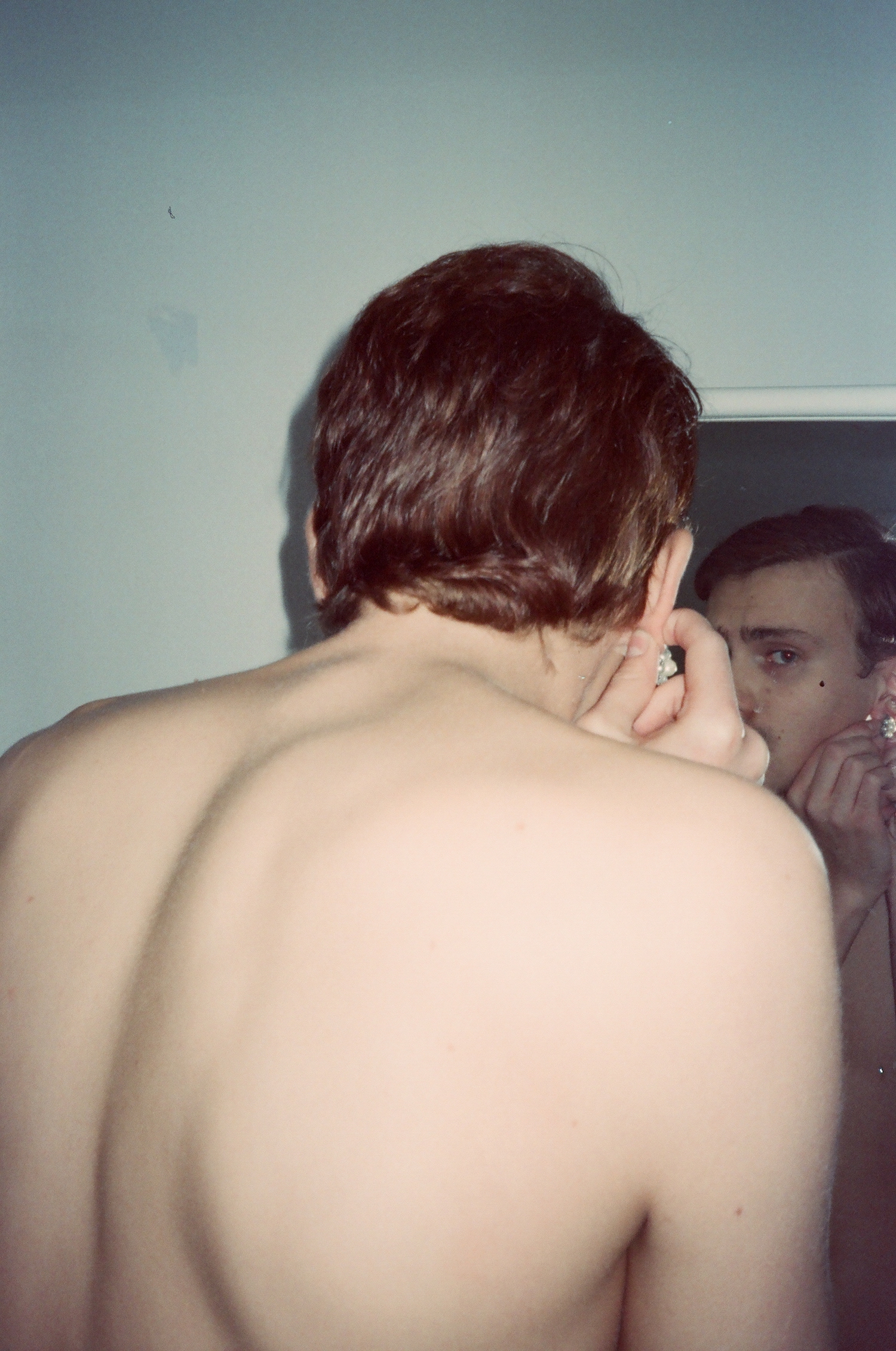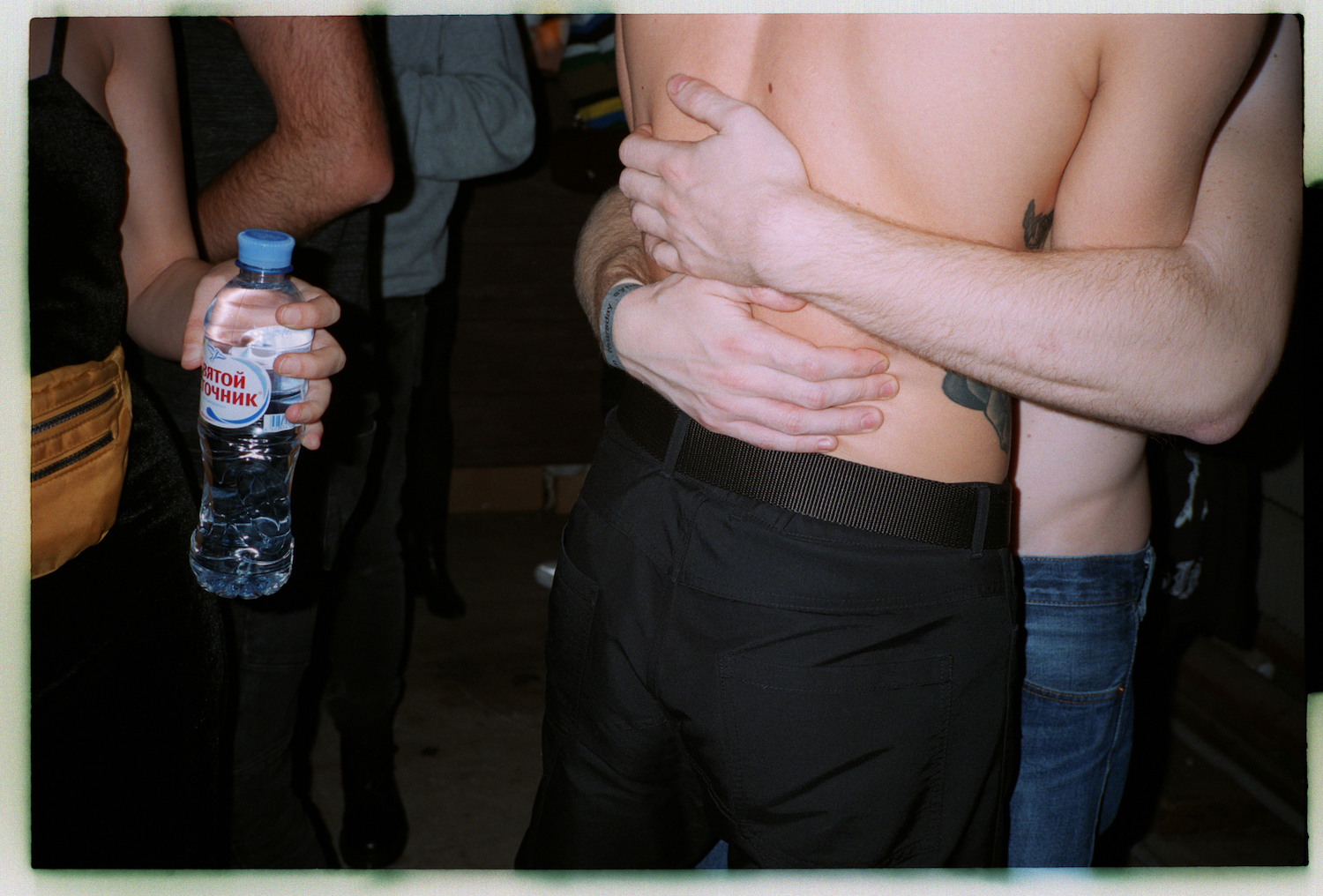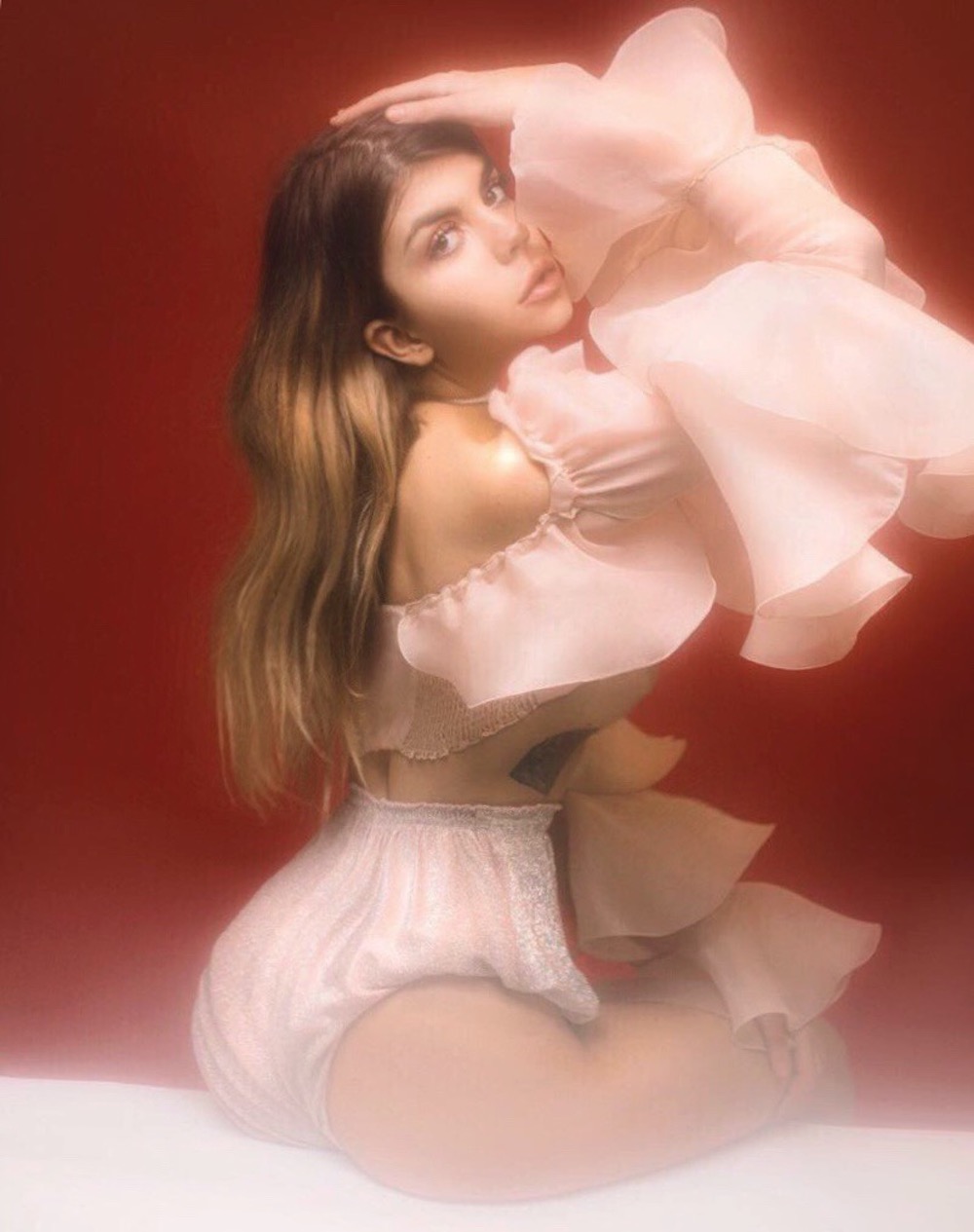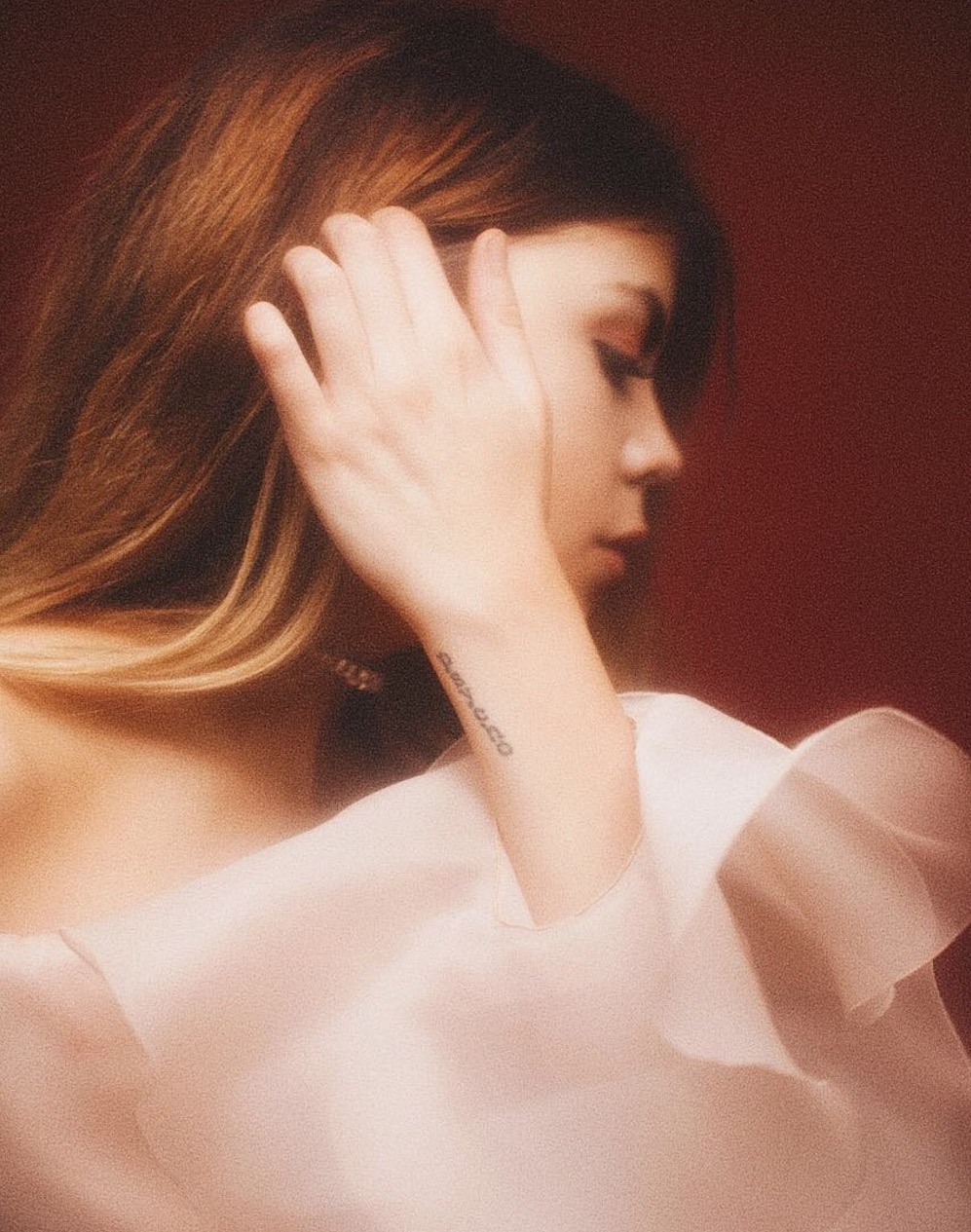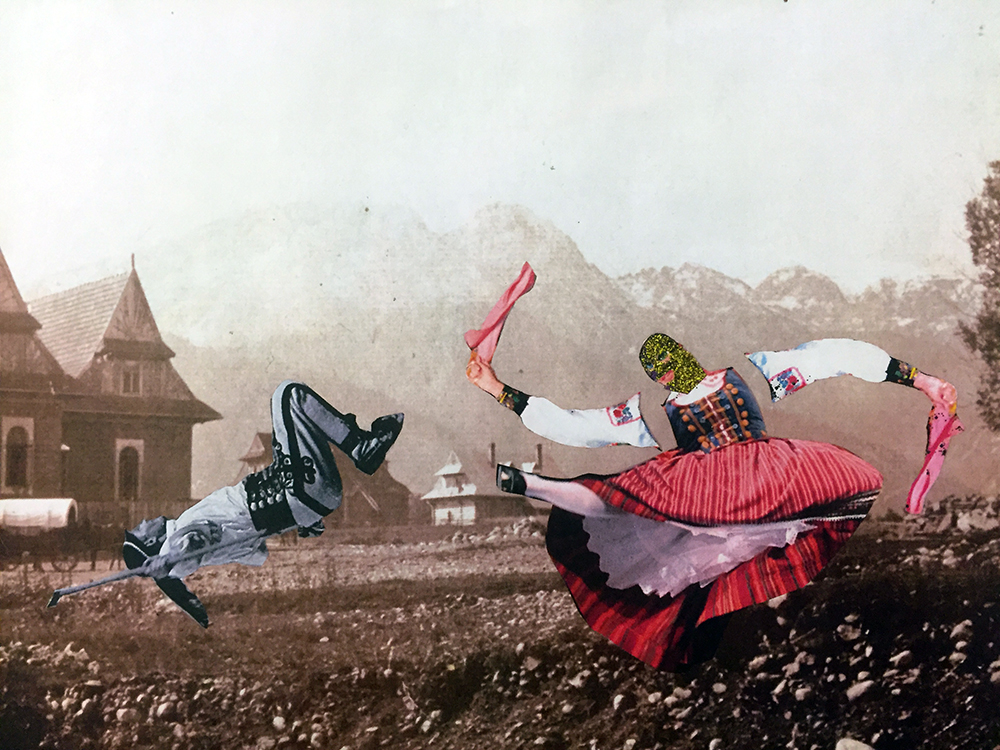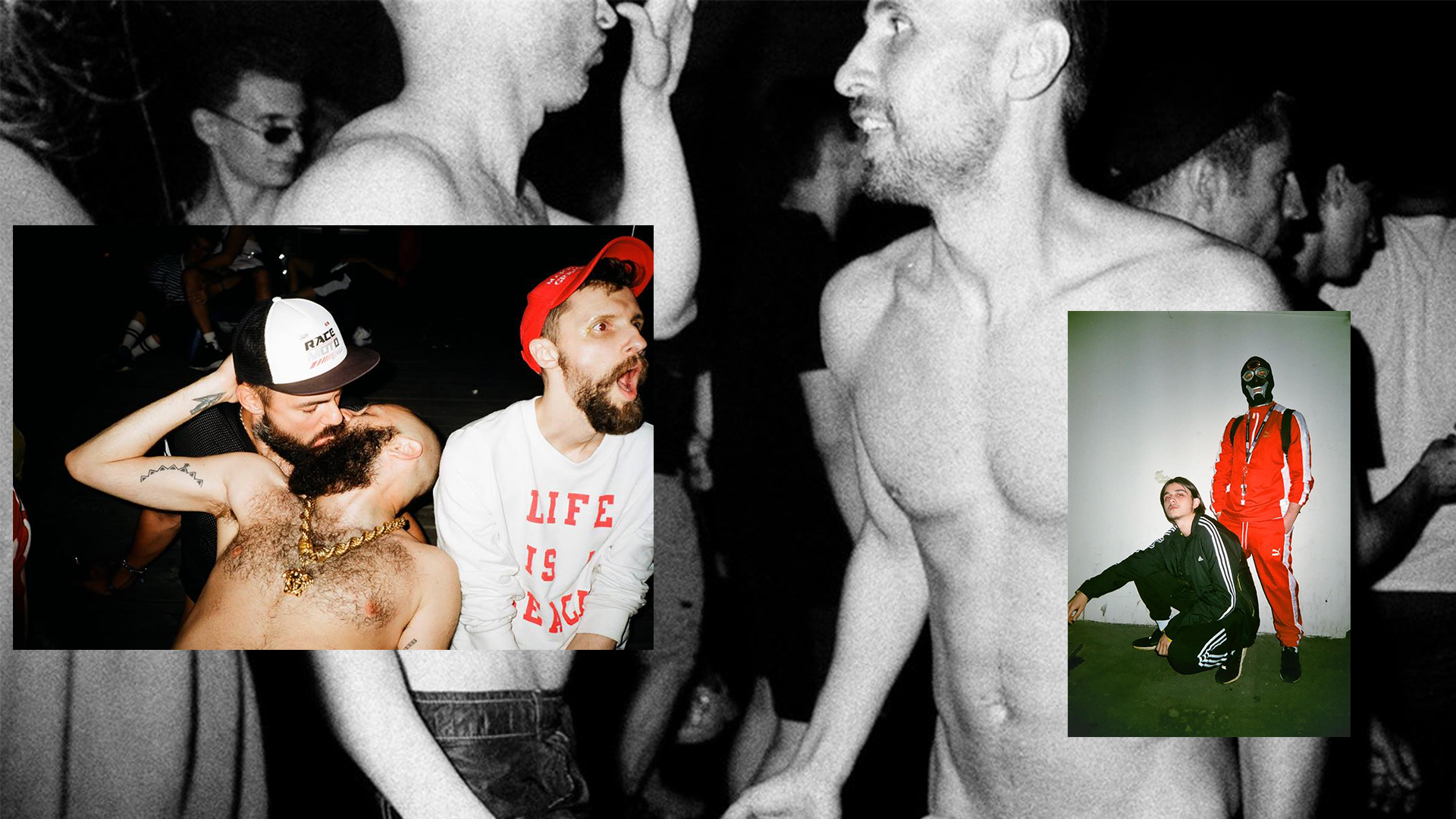“We aren’t just suffering”: a new magazine celebrates the joys of being queer in Russia
Russia finally has a magazine for its LGBTQ+ youth, and its founders are just getting started on a queer revolution
The “O” in O-zine, the title of a new queer Russian magazine, stands for “open” — not a state of being often associated with LGBTQ people in Russia’s political climate. In its celebration of openess, O-zine is radical, fearless, and well overdue. O-zine was conceived by Dmitry Kozachenko, who made his big break writing for Russian lifestyle publication Afisha daily. Openly gay and with a passion for contemporary queer culture, he felt that it was time Russia had a platform for its young LGBTQ+ community. Kozachenko started O-zine together with Sasha Kazantseva, the author of a popular Telegram blog on lesbian sex entitled Washed Hands, and a handful of collaborators; the project is completely self-funded and runs on the dedication of its team.
The so-called “gay propaganda law”, which was passed in 2013, and the overall conservatism and homophobia of Russian society are well-known worldwide, but a scroll through the site immediately shows that they do not provide a comprehensive picture. O-zine offers a window into a closed world you never knew existed: from wild, sweaty parties to intimate relationship stories, to new names in queer art. Inspired by queer resources like Gayletter, Them, and Autostraddle, and youth culture publications like Dazed, O-zine is aiming to give a voice to Russia’s queer community, revive its erased history, and help build the future it deserves.
The Calvert Journal talked to the O-zine founders about their goals, challenges, and life in the Russian queer community.
What was the main motivation behind creating O-zine?
Dmitry Kozachenko: I am openly gay, and in Russia there are no publications I would like to read. Usually LGBTQ+ magazines are run by members of the older generations, who don’t really understand the worldview and lifestyles of young people. A lot of LGBTQ+ magazines ignore pop culture, even though it’s one of the key vehicles for promoting progressive ideas. I wanted to create a publication in which queer youth could express themselves and help others in their community.
Sasha Kazantseva: A year ago I started a blog about lesbian sex and it blew up very quickly. In Russia, lesbian culture is very rarely discussed even among the LGBTQ+ community. Moreover, any coverage of LGBTQ+ is restricted to activism and hate crime reports. It goes without saying that activism is crucial. At the same time, it’s important that the queer community has a chance to read something positive and get practical information in such a difficult climate.
What is your mission?
DK: After the collapse of the USSR, Russia was flooded with Western pop culture. No one used to be bothered by drag queens in music videos, there was MTV, people openly discussed their sexuality, and the authorities didn’t try to ban LGBTQ+ artists. In 2013, the law on gay propaganda was passed, and a lot of queer initiatives shut down. People found themselves living in fear. I think our main mission is to explore local queer culture which is trying to grow in circumstances of rejection and hatred.
SK: I hope that our magazine makes the life of the LGBTQ+ community in Russia more comfortable. We want to provide a safe and compassionate online space where one can read about other LGBTQ+ people and projects they’re working on, get useful information, find positivity. We want our readers to feel part of a community which, regardless of challenging circumstances, is growing right here and now. The cultural format also allows us to draw in a broader audience in Russia and the Russian-speaking world.
Queer culture is a very expansive topic. What kind of stories are you planning to cover?
DK: We are working on a series of features about 90s Russia, an era where you wouldn’t get beaten up for the way you looked. We’ll have an interview with the artist Slava Mogutin, who was the first Russian to be granted political asylum in the US on the grounds of homophobic persecution, photo documentation from 90s gay prides and queer parties, a big feature on queer art, which experienced a stellar rise but then fell into oblivion. We will also openly talk about sex, which in 2018 still somehow remains a taboo subject. We’ll have a feature in which people will speak about their fetishes and how they explore them.
SK: Unfortunately we aren’t yet able to cover all of Russia, so for now we’re focusing on life in Moscow and St Petersburg, where we live and know the queer culture inside out. At the moment we have a very fractured community, so my aim is to tell queer people about other queer people and create a sense of connection. It’s also important to raise questions of physical and mental health and self-care. We want to write about different gender and sexual identities — queer diversity is still new for a lot of LGBTQ+ people in Russia. We want to be as inclusive as possible to trans and non-binary people, and we’re actively looking for writers from these communities to contribute to the site. Also, life-affirming features are very important: we aren’t just suffering, we have a lot of fun.
What are the biggest challenges for the queer community in Russia today?
SK: Russia is a very big country, and people have very varied lifestyles. In Moscow and St Petersburg, LGBTQ+ people can blend in with the crowd, society is more advaned, one can find relatively tolerant environments — maybe not perfect, but safe. But unfortunately most of Russia is made up of small towns where it’s hard to survive even for a heterosexual cis person; for queer people it is simply terrifying. I talked to queer people who moved to St Petersburg from small towns, and they have some chilling stories.
In the Western media, we often hear about the oppression that the Russian LGBTQ+ community experiences. What is it like for you as openly gay young people?
SK: I am lucky, for most of my life I’ve lived in big cities, Moscow and St Petersburg, and people around me have been quite accepting. But I live with the awareness that as an open lesbian I am not safe, I could be attacked or have problems with the police. I just have to live every day knowing this — when this is a constant you just get used to it. I just try not to think about it and remind myself that there are LGBTQ+ people in Russia who are much worse off.
DK: My principle is that if people have something against my homosexuality, it’s their problem not mine. I live in Moscow where people are more or less tolerant and I hardly ever encounter homophobia. At the same time, a lot of people can’t express themselves freely. For example, a man’s painted fingernails can provoke a fight. Even in seemingly gay-friendly bars you don’t feel safe. Once, my friend and I were nearly beaten up because we kissed.
Have you encountered censorship from the authorities?
SK: According to Russian law, all articles which mention LGBTQ+ issues have to be marked 18+. We have it on our site, and hope to lower the chances of having legal issues. Unfortunately, in Russia it’s often unpredictable, and you never know if you’re going to have problems or not. At this point we just want to focus on what we think is important and not think about the worst.
Text: Anastasiia Fedorova
Image: @smnskph, Andrey Noskov, i2406 by Alan Dorodnyh, Andrey Nogovitsin
